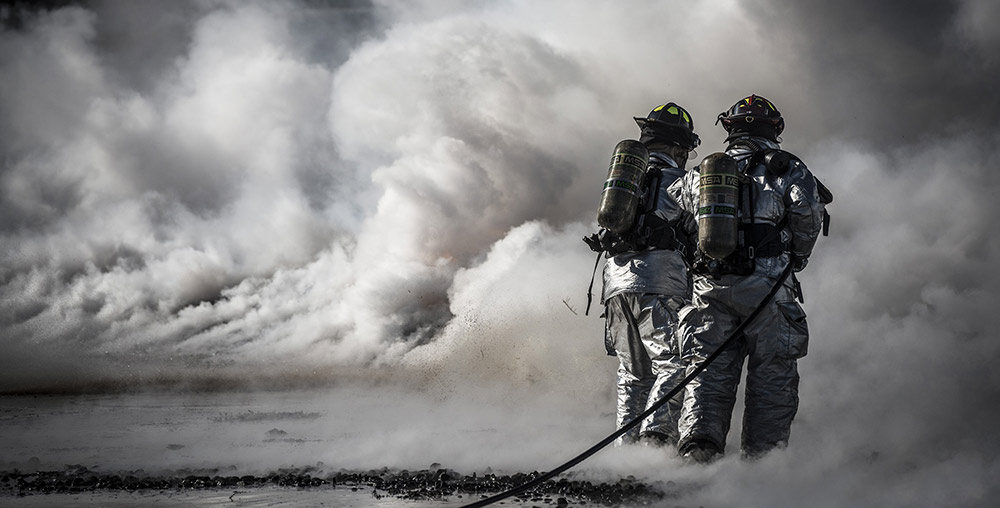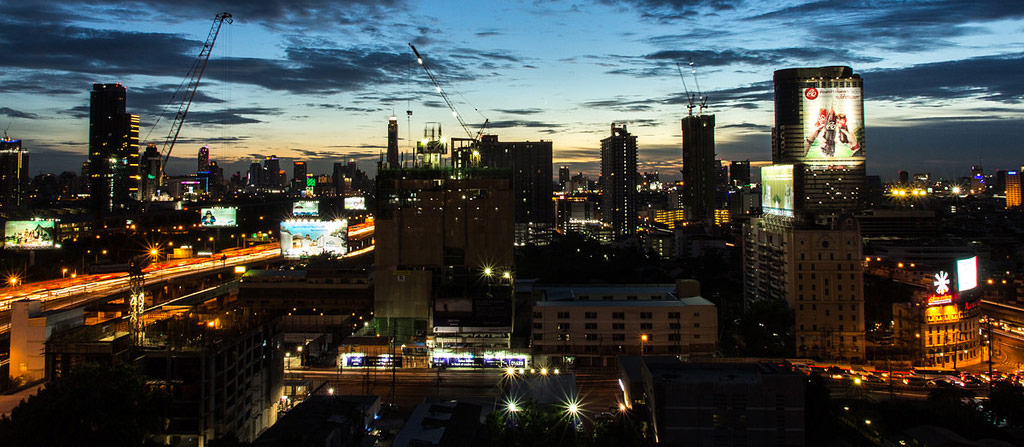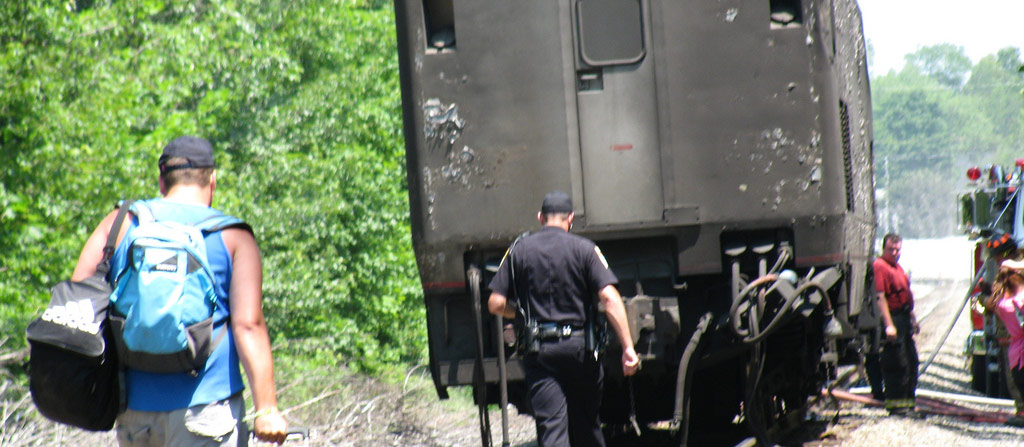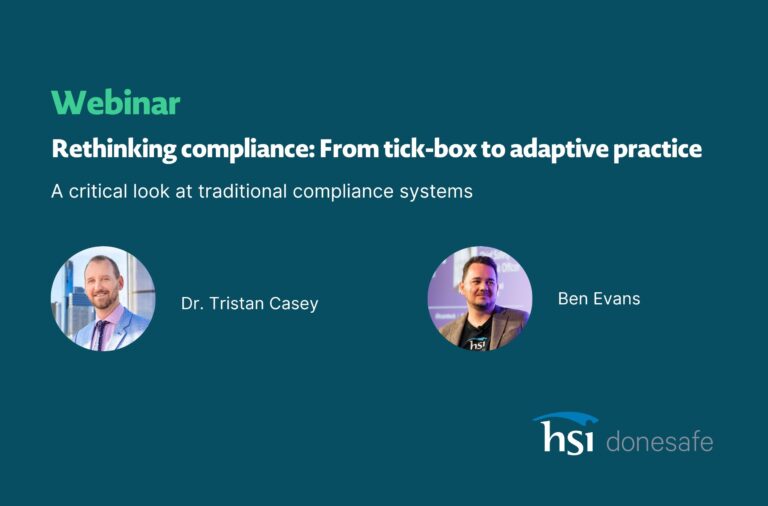
I think we can all agree that the world is moving in the right direction in regards to Workplace Safety. In the last two weeks alone we’ve seen a handful of safety-positive decisions being made from the introduction of New Zealand’s new safety laws to increased ramifications for poor safety management across the board.
Strong safety systems are the backbone of any strong safety culture, but when these systems fail, they often fail in ways their designers couldn’t have even imagined…
Here are four times that workplace safety systems have failed this year with tragic results:
The Thai Bank Disaster

In mid-march of 2016, a fire extinguisher system misfired in the headquarters of Siam Commercial Bank in Bangkok. Far from getting wet, this extinguisher system released the Pyrogen aerosol to reduce the oxygen in the room in order to starve any fire. This incident resulted in the deaths of eight workers and the serious injury of seven more.
The sad irony here was that the workers who tragically died in this incident were actually sent in to conduct maintenance on that very system. At some point, they accidentally set off the system depleting the room of oxygen.
It’s not often that a lack of safety protocols causes such disastrous results, but it’s likely that with more fail-safes in place this horrible event could have been averted.
The Amtrak Crash Disaster

In early-April, Joe Carter, a seasoned and highly respected railroad engineer, and his colleague Peter Adamovich were struck by a southbound train during routine track maintenance in Pennsylvania. The truly sad thing about this event was that it’s still not clear how it could have ever happened.
Allan Zarembski, a University of Delaware professor and director of the Railroad Engineering and Safety Program pointed out that “The safety procedures are in place to prevent exactly this.”
For the workers’ part, they appear to have followed the procedures to a tee, but it is likely that a communication breakdown resulted in both maintenances being scheduled for that section of track and that section of track not being shut down.
It is particularly ironic that after a similar incident in May 2015, a safety control was installed to
automatically stop trains that may be in danger of collision, though the National Transportation
Safety Board is yet to confirm whether this safety control was running at the time
Whether it was overconfidence in automatic systems or simply human error remains to be seen.
The Compressed Air Disaster

In March, Industry Update reported an incident where a 49-year-old fumigator was killed whilst
attempting to help another employee remove a wheel assembly on a tyre containing compressed
air. As the tyre was removed it exploded, throwing the worker 10 to 15 meters away, killing him.
The terrible thing about this incident is that it was not caused by lax safety standards. The issue was
that the now-deceased worker wasn’t trained in how to use this equipment because it wasn’t his
job. He’d just seen another worker having difficulty with the task so he stepped in to help.
The lesson to take from this was to ensure not only that workers are trained in their own jobs but also that they don’t step outside their own job without proper training.
The FIFO tragedy

This one’s not just a single event, but a very sad trend. Australian safety standards are known to be
amongst the best in the world. FIFI worker Luke Baker notes that in the ‘fly-in-fly-out’ Australian
mines workforce, miners “sit through a million inductions before [they] are allowed on site. Physical
safety is talked about every single day.”
Because of this, the safety standards are actually quite high in Australian mines. The tragedy is that for every one workplace death in Australian mines, there are six suicides.
This horrible trend is bringing to light a lack of discussion on mental health as a workplace issue.
More often than not, far too high a percentage of effort (usually 100%) is placed on physical injury
prevention, while far too low a percentage (usually 0%) is put into mental health. Even in cases
where support structures are put in place to help FIFO workers, many of them don’t feel
comfortable taking advantage of them.
Open discussion and the breaking of cultural taboos around mental health is really the safety tool that needs to be employed to reduce this trend.
So how do you stop these things from happening?
Regardless of how you look at it, the best safety tools are those that can be adjusted and improved
over time. It could be said that due to human error, it may not be possible to have a perfect system;
that’s not for me to say though. Regardless, if you build a strong safety culture in your business and
you strive to change the way your workers engage with health and safety issues, then that is the first
step to creating a system that functions and evolves.
Build a culture for your workers where it’s easy for them to raise safety issues; one in which they are
encouraged or even rewarded for doing so. Then you’ll have created a perfect system. Or at least
one that’s as close to perfect as you can get.
Keep safe out there.
By Christopher Notley-Smith at donesafe.com
For a paperless, jargon-free business safety solution that you can manage from your phone, click here to get in contact and ask about how you can try Donesafe for FREE or visit our features page to find out more.
Share:



